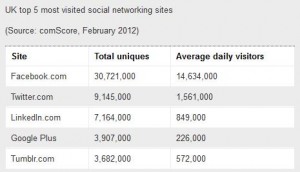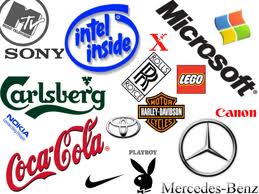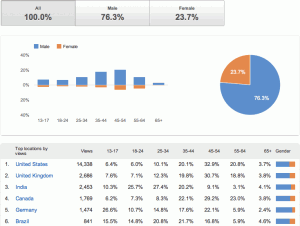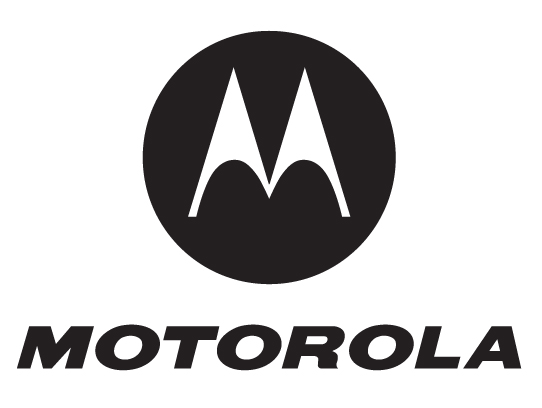News this week back in the UK surrounds Google+ and their latest push to overtake Facebook as the most popular social networking site. They certainly have a long way to go, with my own experience I don’t know anyone that uses it! Currently there appears to be such a strong loyalty to Facebook. Users have deep roots with the social network site due to the amount of information they have stored on there in the form of photo’s and friends. So this all begs the question how are Google attempting to encourage new customers to their social network?
The basic answer is through a new marketing campaign whereby they aim to teach viewers the benefits of Google+ over its rivals. Applications such as hangout call are being championed as well as other key features. I still don’t find myself being convinced however, I’m sure the facilities may appeal to some users but Facebook and Twitter are just so well established in the minds of users that I cannot see them giving up too much market share.
Obi Felten, Google’s EMEA director of consumer marketing told marketing weekly that the new campaign is not expected to make people flock away from Facebook to Google+ but it should act to educate people on how the service can interlink with other areas such as YouTube. It would appear therefore that this war is not over. Certainly it may be the beginning with Google potentially following up their educative campaign with more commercials that encourage the use of their social network. We’ll just have to wait and see…
















